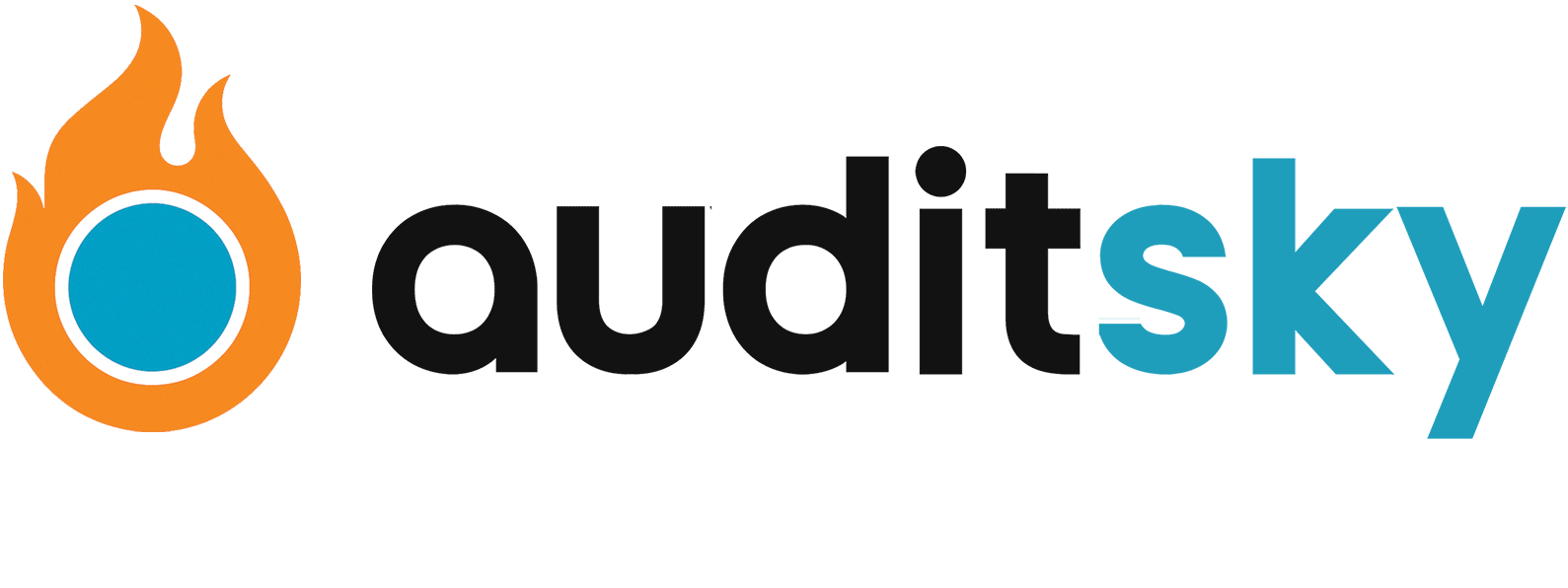!
Quickest Way to Scale Content Marketing Agency does not mean chaos. It means repeatable systems that win clients, increase lifetime value, and let your team deliver predictable outcomes. Picture this: you stop trading time for money, and start selling a process that clients buy again and again. That is when agencies move from one-off projects to consistent growth.

Why speed matters, and what "quickest" actually means
Most agencies chase more leads, thinking volume equals scale. Here's the thing, volume helps, but the fastest path is about systemizing revenue. Speed in this context means reducing time to repeatable sale, improving margin per client, and creating a flywheel clients find hard to leave.
Ask yourself:
- Do your proposals convert more than 20 percent? If not, fix your offer.
- Do you deliver results that justify higher pricing? If not, fix your delivery.
This is practical, not theoretical. It is what helps SEO companies and digital marketing agencies grow by generating more leads and sales, and by consulting on contracts, target audience, and partnerships.
Core framework: 4 levers to scale fast
1. Niche, not everything
Pick a tight niche where you can win predictable results. Niches lower sales friction because prospects say, "You do exactly what I need." Examples include ecommerce SEO for DTC brands, SaaS content for mid-market B2B, or local SEO for multi-location services.
Actionable steps:
- Identify three industries where you already have case studies or contacts.
- Run a quick win pilot for one, document outcomes, package the case study.
2. Productize your offer
Turn services into products. Productized offers shorten sales cycles and make pricing transparent, which scales better than bespoke proposals.
What to productize:
- Fixed-scope content packages, for example a 3-month growth content playbook
- Retainer + performance component, with clear KPIs and milestones
Quick checklist:
- Create a one-page offer that explains outcomes, timeline, and price.
- Train your sales team to pitch the offer in under 10 minutes.
3. Build a repeatable delivery playbook
Document every step of project delivery so juniors can run it, and seniors can audit it. Repeatability reduces cost per deliverable and raises margins.
Include:
- Standard templates for briefs, outlines, and QA
- A project intake form that locks scope and reduces revisions
- A single dashboard for client reporting
4. Measure what moves the needle
Focus on leading metrics, not vanity numbers. Leading metrics for content-driven agencies often include keyword set movement, pipeline leads generated from assets, and client onboarding velocity.
Practical metrics to track weekly:
- Number of qualified leads from content
- Average time from proposal to signed contract
- Content to sales conversion rate
Quick growth tactics that compound
Become a case study machine
Turn every success into a short, sharable case study. Use a consistent format: client challenge, approach, results, and a pull quote. Case studies shorten decision time for prospects.
Create a low-friction entry point
Offer a paid pilot, audit, or workshop. It reduces risk for the client and creates a natural upsell path to retainer work. Keep pilots scoped to 4 weeks and focused on one measurable outcome.
Automate sales and intake
Use a simple CRM pipeline and automated calendar scheduling to cut friction. Automated nurture sequences for leads who are not ready will keep your agency top of mind without manual follow-up.
Standardize pricing bands
Have three clear pricing tiers. Clients choose faster when options are clear. Pricing tiers also make it easier to upsell to higher value packages later.
Common objections and how to handle them
- "We need custom work." Say: custom starts after we achieve the initial KPI. Offer customization as phase two.
- "We cannot afford higher prices." Say: what would happen if this saves you time or increases revenue by X. Use a short ROI model.
- "We tried scaling, it failed." Say: tell me what failed, then show how a repeatable playbook changes that outcome.
Team, hiring, and partnerships
Hire for process adherence, not pure creativity, at scale. Early hires should be operators who follow the playbook and improve it.
Partner strategically:
- Referral partners in complementary niches, such as paid ads or web dev
- White label providers for overflow work
Pricing and packaging tips that move the needle
- Move from hourly to value pricing as soon as you can justify it
- Include a performance bonus for hitting stretch goals
- Offer quarterly reviews to expand scope and increase retention
Mini-case: an early-stage jump
A small SEO agency shifted from hourly retainers to a productized 3-month content growth package. They limited intake to two pilots each month, documented the playbook, and automated reporting. Within nine months, their average contract value doubled and churn dropped. The key was limiting scope and proving ROI quickly.
Tools and templates to get started now
- Editorial calendar template and SOPs
- One-page offer template for sales
- Client onboarding checklist and intake form
If you want ready-made templates, start from your highest performing campaign and document it. Repeat.

Implementation plan for the next 90 days
Days 0 to 30:
- Pick niche and create one-page offer
- Build pilot SOP and pricing
Days 30 to 60:
- Run two paid pilots
- Document results and make a case study
Days 60 to 90:
- Launch repeatable sales pitch
- Automate intake and reporting
- Hire one operator to run the playbook
Conclusion and next steps
Scaling fast is not about shortcuts, it is about systems. Pick a niche, productize your service, make delivery repeatable, and measure leading indicators. Follow this sequence and you will shorten sales cycles, raise margins, and grow in a predictable way.
Want a 30-minute checklist you can use this week? Reply and I will send a ready-to-run pilot template and an offer one-pager you can adapt.
References and further reading
- Content Marketing Institute for industry insights
- HubSpot Marketing Blog for tactical execution guides
- Ahrefs Blog for content SEO best practices
